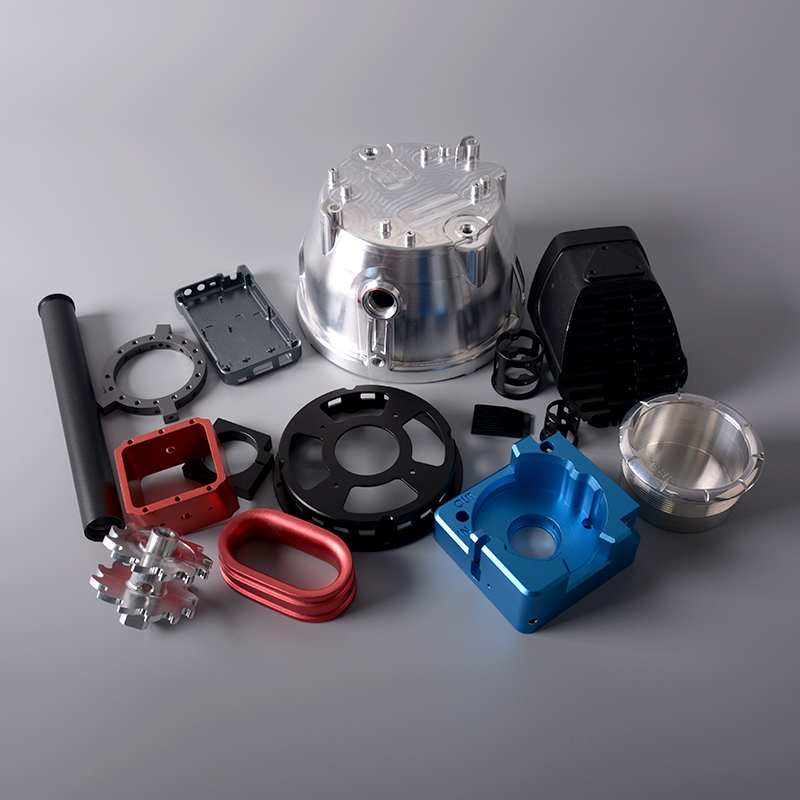Our surface finishing Capacity:
Passivate,Anodizing,Electroplate,Sandblasted,Oxidation,Bake Painting, Silkscreen, Laser carving,Heat Treatment,Tempering,Polishing,Brushing,Galvanization,Nickel Plating,Oil Spraying,Coating,Ni/Cr/Zinc Plating
Some instructions:
“As machined” has a surface roughness of 3.2 μm (126 μin). All sharp edges are removed and parts are deburred. Tool marks are visible.
Smoothing surface:A finishing CNC vowin.cn/en/News/news1251.html' target='_blank'>machining operation can be applied to the part to reduce its surface roughness. The standard smoothing surface roughness (Ra) is 1.6 μm (63 μin). This can be decreased down to 0.4 μm (15.7 μin) upon request and on a case-by-case basis.
Bead blasting adds a uniform matte or satin surface finish on a machined part, removing the tool marks. This is used mainly for visual purposes and comes in several different grits which indicate the size of the bombarding pellets.
Type II anodizing is mainly used to produce parts with a uniform, aesthetically pleasing surface and provides good corrosion and limited wear resistance.
Type III anodizing provides excellent corrosion and wear resistance, suitable for functional applications.
Powder coating is a strong, wear-resistant finish that is compatible with all metal materials and can be combined with a bead blasting to create parts with smooth and uniform surfaces and excellent corrosion resistance.
Zinc plating refers to a surface treatment technique that coats a layer of zinc on the surface of a metal, alloy or other material for aesthetics, rust prevention, and the like. The main method used is hot-dip galvanizing.




